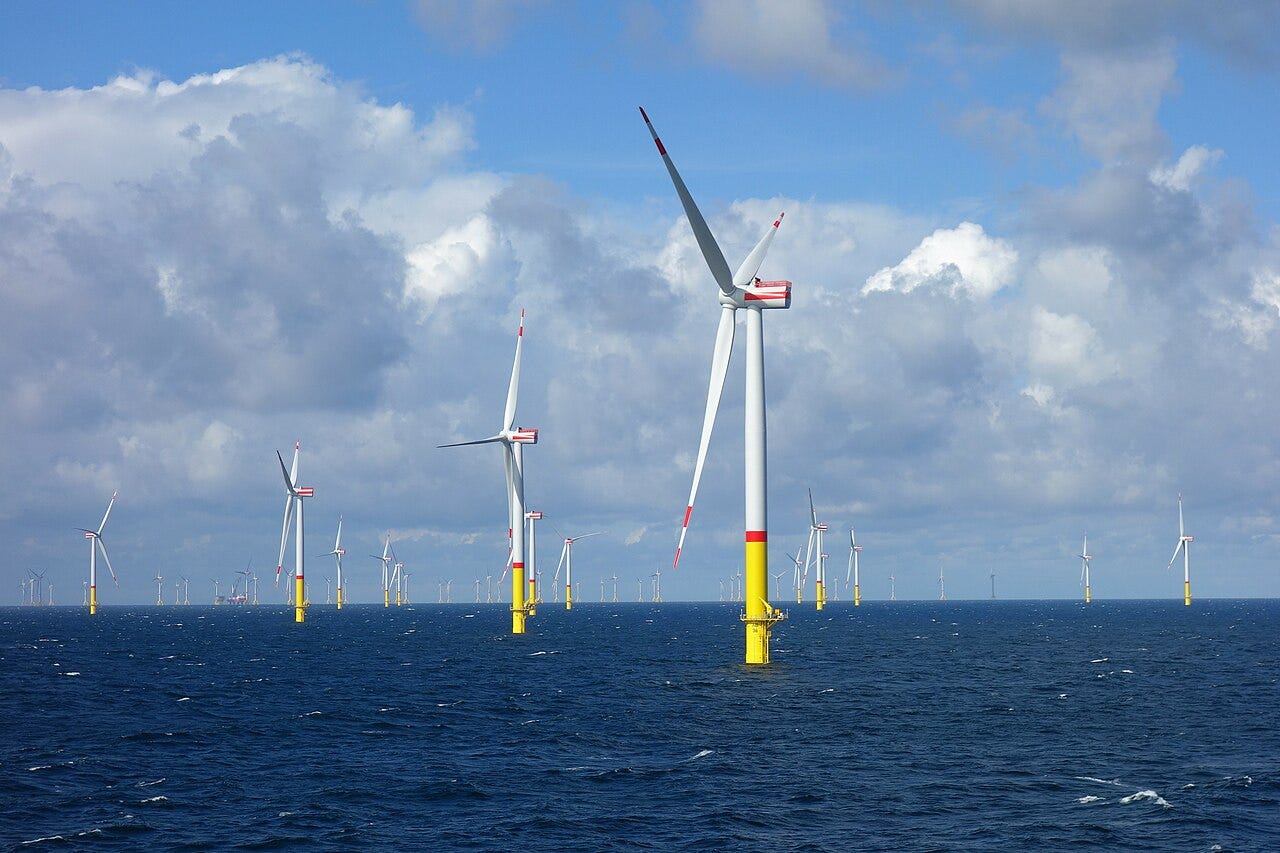Wind Cannot Power Manufacturing
Heavy subsidies have made wind turbines a growing share of electricity in developed countries. But since wind cannot meet the needs of modern industry, it will contribute to deindustrialization.

Wind power generated by the natural movement of air against man-made wind turbines is one of most widely utilized renewable electricity sources. In 2023, wind generated over 2300 terawatt-hours (TWh) of electricity across the world.1 This represented a 7.8% share of total electricity generated globally.2 Much of this generation, at 886 TWh, took place in China, where wind made up 9.4% of electricity generation in 2023.3 Almost 900 gigawatts (GW) of installed wind electrical capacity has been built globally as of 2022.4 A small number of countries have chosen to integrate wind power deeply into their electrical grids. With the exception of Uruguay, these are all wealthy European countries which have extensively subsidized wind power as part of their attempts to lower their carbon dioxide emissions. In Denmark, wind power now produces over half of all electricity generated, and in the United Kingdom, it produces close to 30%.5 In Germany, wind power has grown to produce just over 25% of total electricity generation in 2022.6

